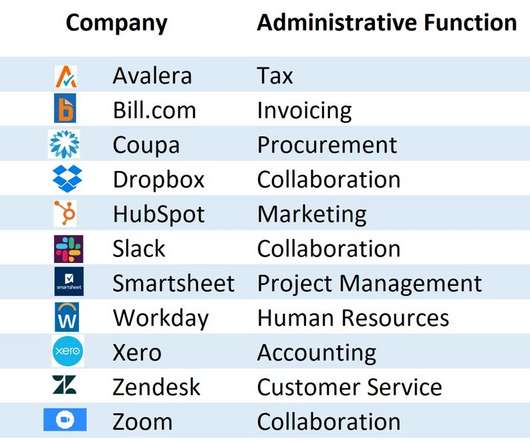SaaS “Industry-Centric” Business Models
OPEXEngine
NOVEMBER 22, 2022
“Industry-Centric” SaaS business models offer an alternative SaaS company categorization to the “Customer-Centric” SaaS model, which is defined based on the “go-to-market” strategy used by a management team. When SaaS business models originated, the most successful venture-backed startups used a horizontal model.













Let's personalize your content